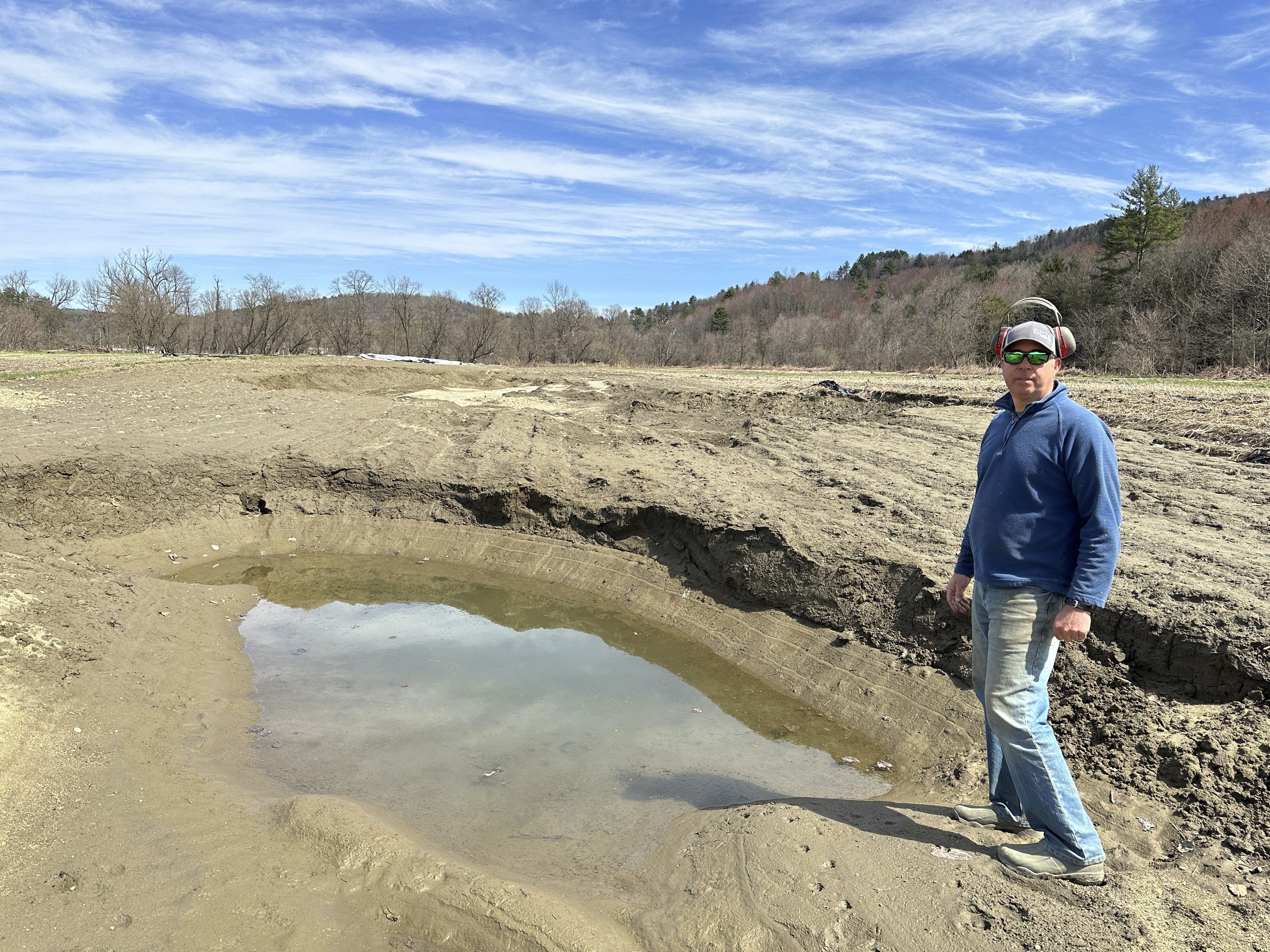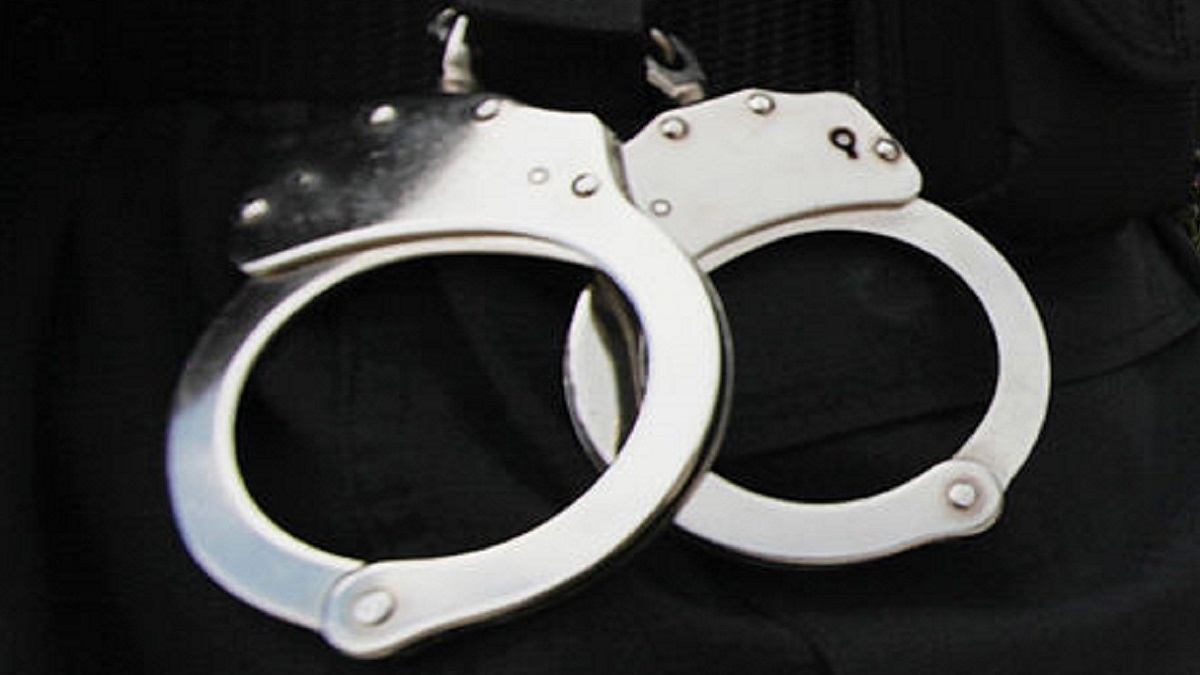The beheading death of photojournalist James Foley, originally from Rochester, New Hampshire, inspired a rare move from Twitter. The microblogging and social networking service announced it would pull the plug on accounts sharing gruesome imagery of Foley's death at the hands of Islamic State militants.
Twitter CEO Dick Costolo tweeted that his company was "actively suspending accounts as we discover them related to this graphic imagery," while providing a link to a New York Times article about Foley's killing. The article Costolo linked to did not contain still images or video showing the death.
"Twitter doesn't often take this kind of stance," observed Elaine Young, a digital marketing professor at Champlain College, who said she relies on Twitter for information.
Young said she wanted to know the news on Jim Foley, but called the death images too extreme to see. Young pointed out those images could also give publicity to Foley's killers. "So the challenge for Twitter is to walk that line, tempering that information so we know what happened, but we don't necessarily have to see the actual video of that."
Users of social media are divided on the issue. Many appear to be in support of a "blackout" of the images. Twitter user @maritimegurl tweeted, "My heart breaks for the family of James Foley, please do not share any images of his death."
On the other side of the debate, Twitter user @matthewbennett wrote, "Twitter's decision is just censorship. Why such a strict application of rule with Foley and not with all the rest?"
"We're living in an exciting world in which you can disseminate everything," David Mindich, a St. Michael's College media studies professor, told New England Cable News. "The question often is: just because you can, doesn't mean you should."
Vermont
The latest news from around the state
Mindich said in the days before the internet or social media, mainstream journalists would have been gatekeepers for disturbing images, and Americans wouldn't have had access to them.
"I think the public good is questionable in the case of [seeing images of] a beheading," Mindich said. "It doesn't really tell you anything substantial, and it certainly can do a lot of harm by causing discomfort and anxiety for normal people and then for the particular family -- a lot of grief."
YouTube also yanked graphic video of Foley's death.



